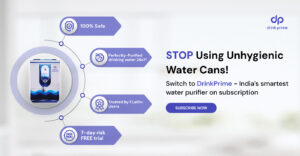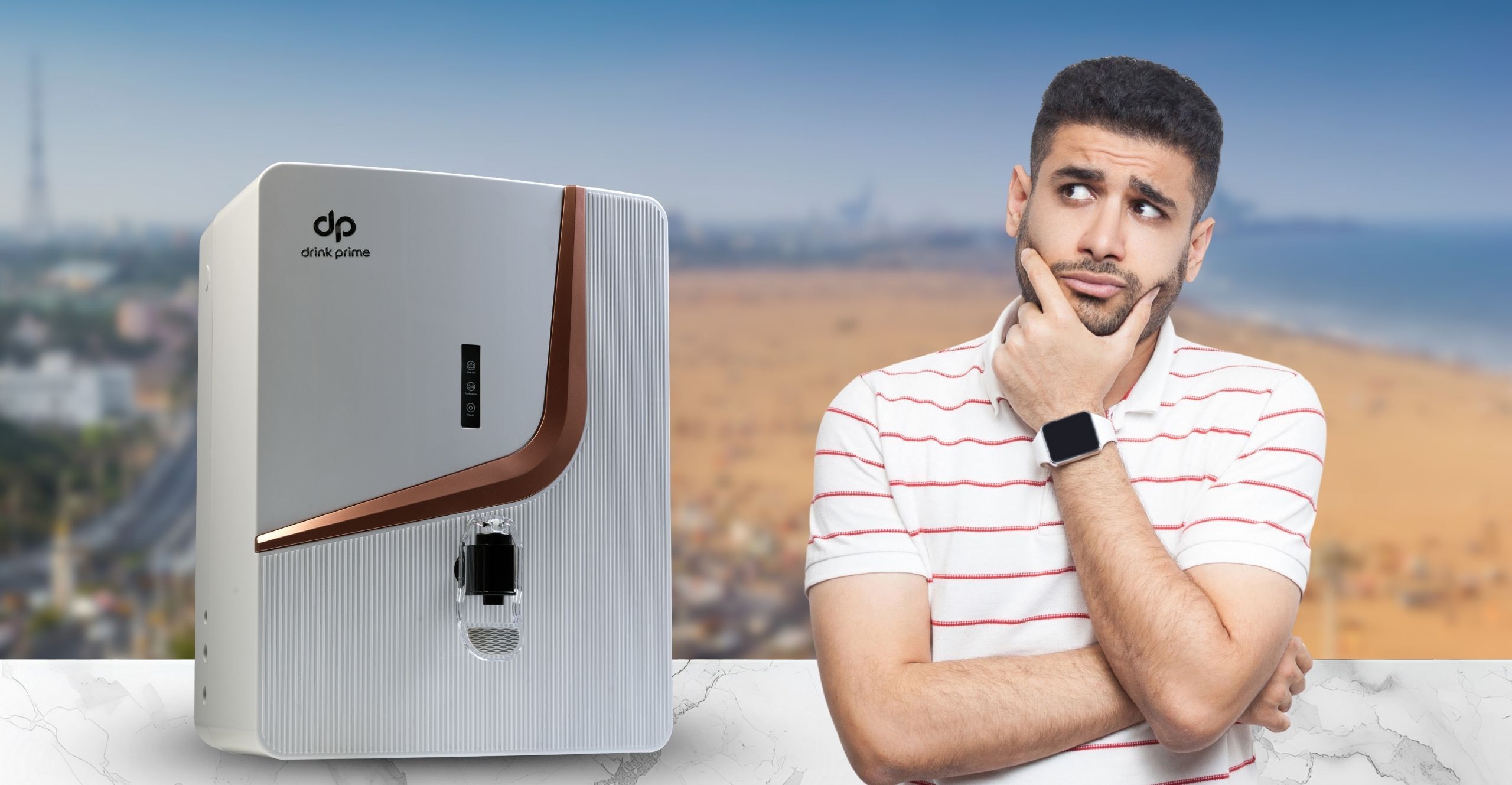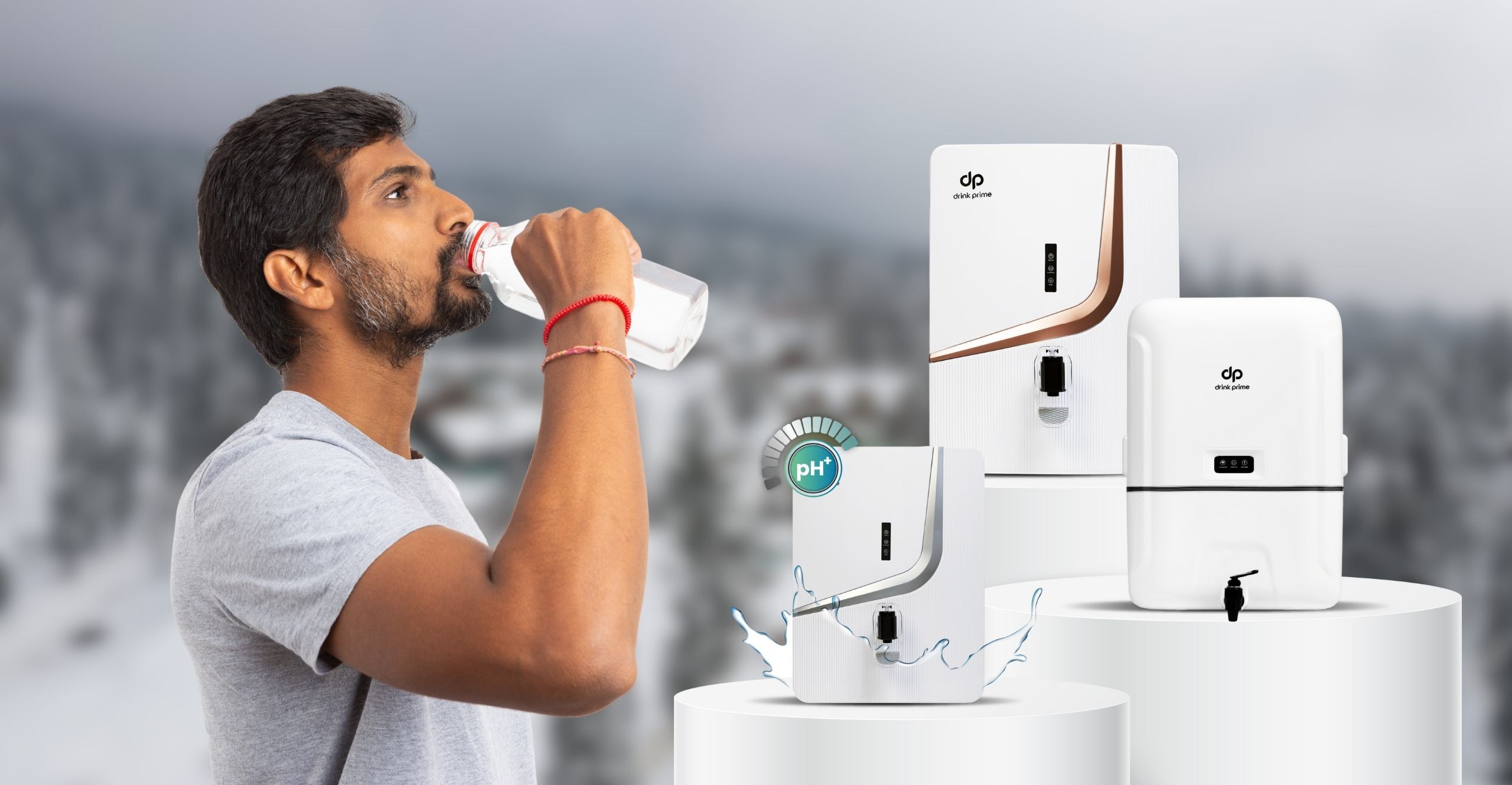A nifty manual to address and answer all your RO water purifier problems
The importance of staying hydrated is an element that is stressed upon by everyone from your doctor to your favorite magazine articles. What is equally important is the quality of water that you consume. With the rapid scale at which urbanization has been happening all around, the availability of clean and safe drinking water is shrinking.
In such a scenario, where tap water is not safe for consumption, an RO water purifier, customized to suit the water quality in your area, will be your best bet. But water purifier problems are an unfortunate reality that must be dealt with. Your RO water filter must be maintained in good condition to ensure a supply of safe drinking water.
In this article, we have listed 6 problems that you may face with your water purifier and the solutions to rectify them.
What is RO water purifier and what is the mechanics behind the operation of an RO water purifier?
The tap water that is available in India, is unfortunately not safe to drink. The municipal corporation usually does only a basic level of purification procedure for the water supplied. So, the onus falls on you to ensure that the water you drink is safe and pure. RO or reverse osmosis is considered one of the safest and most widely used water filtration systems in the world, today.

Osmosis is a natural process by which water moves from a less concentrated solution to a highly concentrated solution thereby creating osmotic pressure. Reverse osmosis is in simple terms the opposite of osmosis.
Pressure that is greater than the osmotic pressure is applied to the more concentrated solution, which is then forced through a semipermeable RO membrane that allows only water to pass through, leaving behind the impurities. The desalinated water that comes through the membrane is known as permeate water. The water that contains the contaminants and did not pass through the membrane is known as reject water.
RO filtration when combined with UV filtration aims to remove biological pathogens also. The total dissolved salts are an indicator of the purity of water. These tiny salts and compounds dissolved in water cannot be removed by normal filtration. This is where the process of reverse osmosis filtration becomes indispensable.
An RO water purifier is one of the safest and most effective methods of filtering contaminated water. It reduces the dissolved contaminants and sodium to almost negligible levels. It is also more sustainable and environmentally friendly than bottled water.
6 Frequently faced problems of an RO purifier and their solutions
To ensure that you get the best out of your RO water filter, it is crucial that you pay attention to its proper maintenance and servicing. Here are the 6 most common water purifier problems you may face and solutions to deal with them
1. Water Leakage
One of the most frequent water purifier problems is concerned with water leakage. If you notice a pool of water beneath an RO, do not get intimidated. Most often than not it might be due to the loose connections of pipe connectors.
To fix this, the faulty connection needs to be refitted properly or sometimes even replaced. If the leakage is in the membrane, the O ring (the soft rubber ring that stops water from seeping into other parts), might be damaged and would need replacement. It is a good idea to seek professional help if you notice any sort of water leakage in your RO water purifier.
2. RO not working
If your RO does not give any water output and the storage tank is nearly empty, it can be quite frustrating. First off, check if the switch button is turned on properly and that you have an electricity supply. In case both these are positive, the fault may be with the power supply connector. In this case, it is prudent to seek professional help.
If the power indicator is in the ‘on’ mode and the water supply is not resumed, check if the water supply valve is turned off. If so, turn it on and check if the RO water filter is working properly.
If the valve is open and still water supply in your RO water purifier is stalled, chances are that the water pressure would be extremely low or that the filters or membranes are too choked up and needs to be cleaned. There could also be malfunctioning in some internal parts which need rectification. A professional will be able to guide you in such a scenario.

3. Bad odor and disagreeable taste of water
In its natural state, the RO water filter, do not give off foul-smelling or tasting water. If you experience either of these two conditions with your RO water purifier, it may be due to the presence of chlorine in the water. This is most commonly due to the filters not working properly. To avoid this, it is recommended that you change the filters yearly.
Another factor that can lead to a foul smell is the leftover and unused water in the storage tank. You should ensure that the water is not left unused in the storage tank for more than 2 days and that the tank is cleaned thoroughly at the time of filter replacement.
4. Auto shut-off feature not working
In normal cases when the water stocking tank of the RO water purifier gets filled over the designated levels, it stops all cleaning activities and shuts itself off. In case this feature is faulty, the machine continues to operate, and the water will begin to seep out of the crevices and begin to leak out. In such cases, a professional should be called in to fix this flaw, immediately.

5. Strange noises
If you hear unusual-sounding noises coming out of your RO water filter, especially after replacing the membranes, it could be due to the air being pushed out of the system or due to a sudden change in the water pressure. If the noise does not subside in a while, it might be a good idea to call a technician to check if the tubes are properly connected and to ensure that the water tank’s valve is properly closed. They might also need to replace the RO pump, as with constant use, it can become noisy.
6. Low water output or water tank takes a long time to fill
The filter in your RO water purifier is designed to filter out all sorts of impurities. In the process, some of the contaminants may get stuck to its surface, blocking the proper flow of water through it. If the filters are not cleaned frequently, this can even form a patina-like layer on the membrane. This is especially common in areas where the water quality is very bad. The solution to this problem is to check your filters and get them cleaned or replaced consistently.
Clean, safe drinking water is one of the most essential prerequisites to remaining healthy. Problems in water purifiers should not stand in the way of you and your family getting access to clean and safe drinking water. Ensure that you schedule timely servicing for your RO water filter and take proper steps to clean the parts consistently. This will ensure that you have minimum water purifier problems and that your RO purifier will serve you well over the years.




